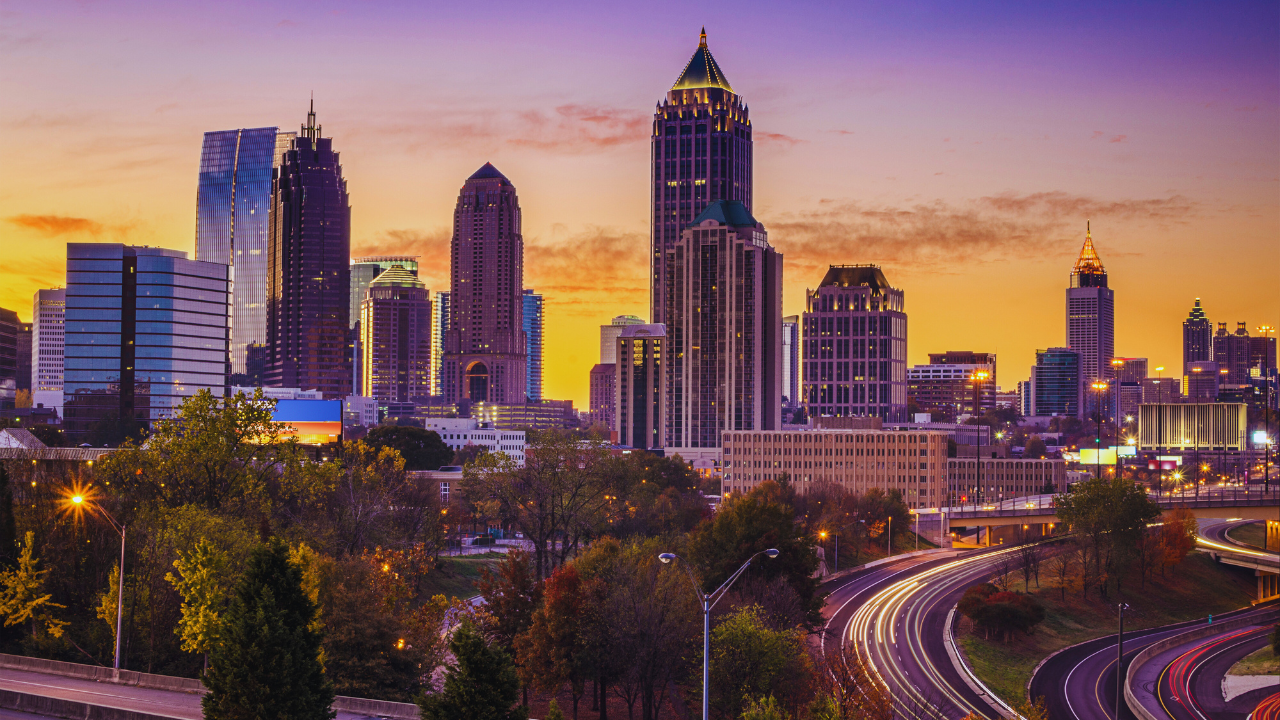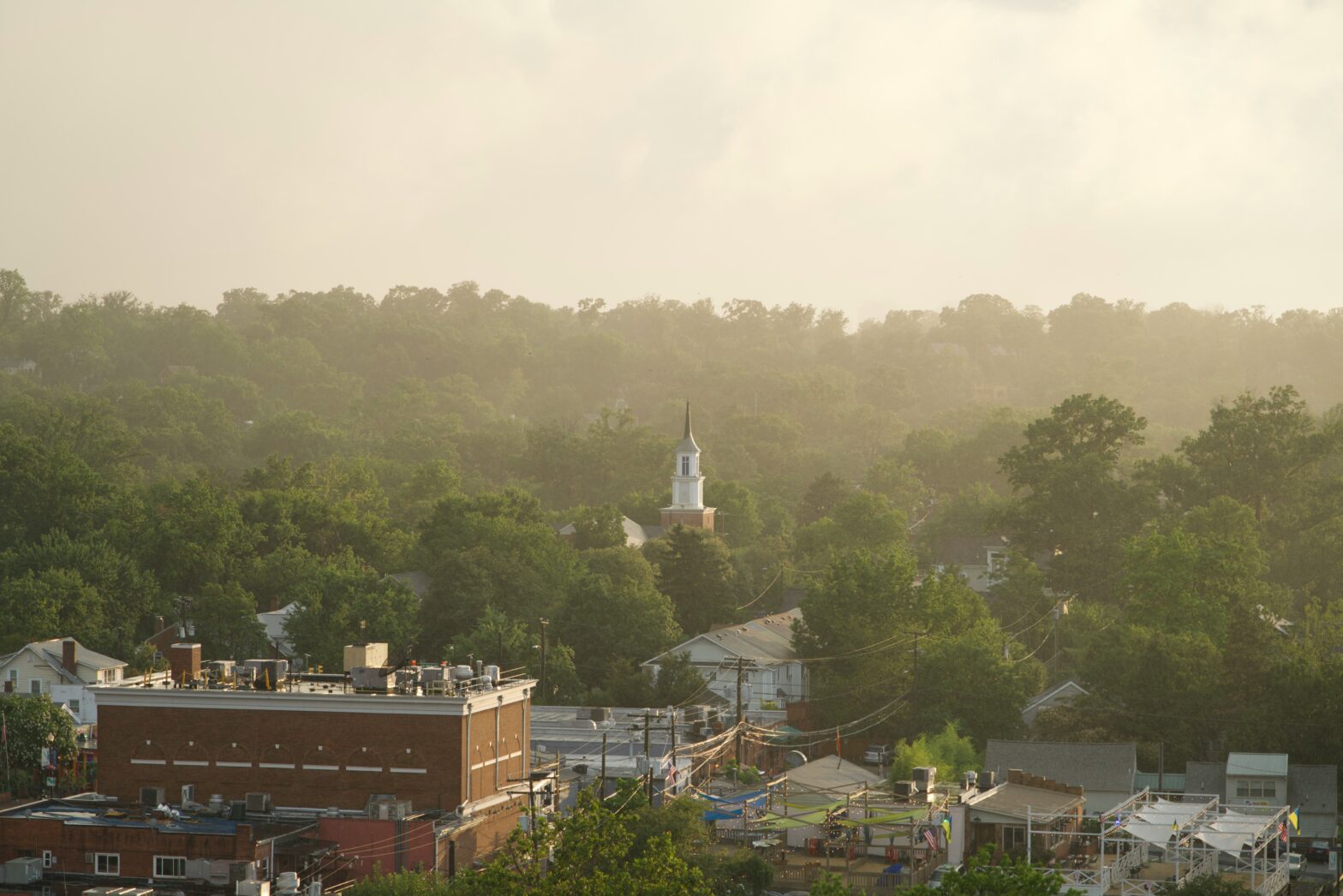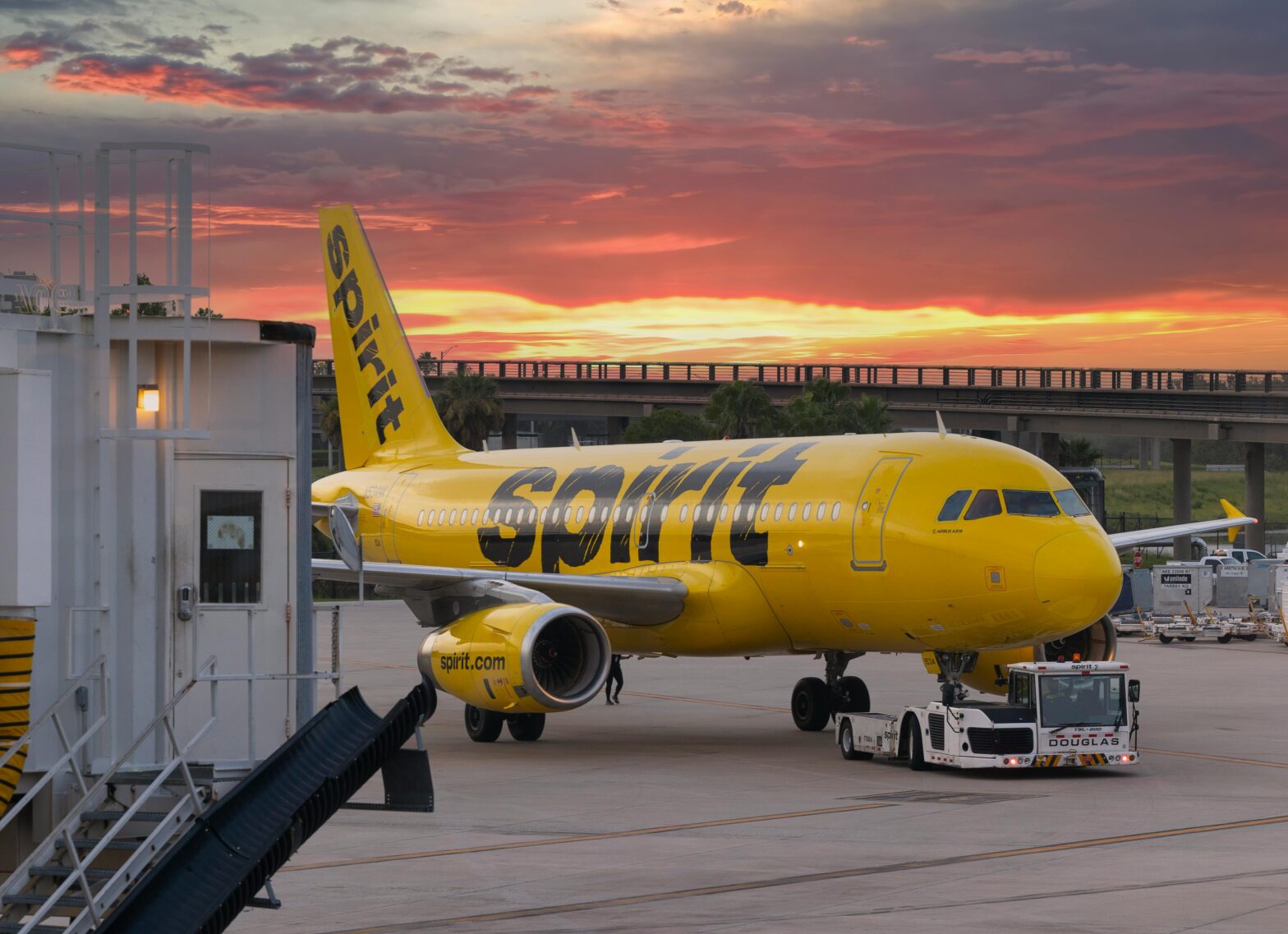American Express and the National Trust for Historic Preservation announced today that they will be funding 25 U.S. historic independent restaurants with $1 million collectively. Of that 25, is The Historic Magnolia House in Greensboro, NC, which reopened earlier this year.
“These establishments have served their communities for decades, and they represent a diverse collection of cuisines and cultures that are integral to the fabric of their neighborhoods,” says Madge Thomas, President of the American Express Foundation & Head of Corporate Sustainability.
The Historic Magnolia House is in 6 editions of The Negro Motorist Green Book, a guidebook providing Black travelers places to stay, eat, shop, and refuel their vehicles from the years 1936 to 1966. This guide was crucial to African Americans during segregation in the U.S.
The Magnolia House was the only place of prominence between Richmond, VA, and Atlanta, GA in the 1950s.
Today, The Magnolia House is one of about four Green Book sites still in operation in North Carolina. The house was recently renovated and re-opened by Natalie Miller, whose father Samuel Pass, purchased the house in 1995.
We had a chance to chat with Natalie about the impact Greensboro and The Magnolia House have had on her. She also shares more about the Backing Historic Small Restaurants Grant and the impact it will have on her business.
Related: Guests Can Stay At This Historic Hotel From The Greenbook For The First Time In 50 Years
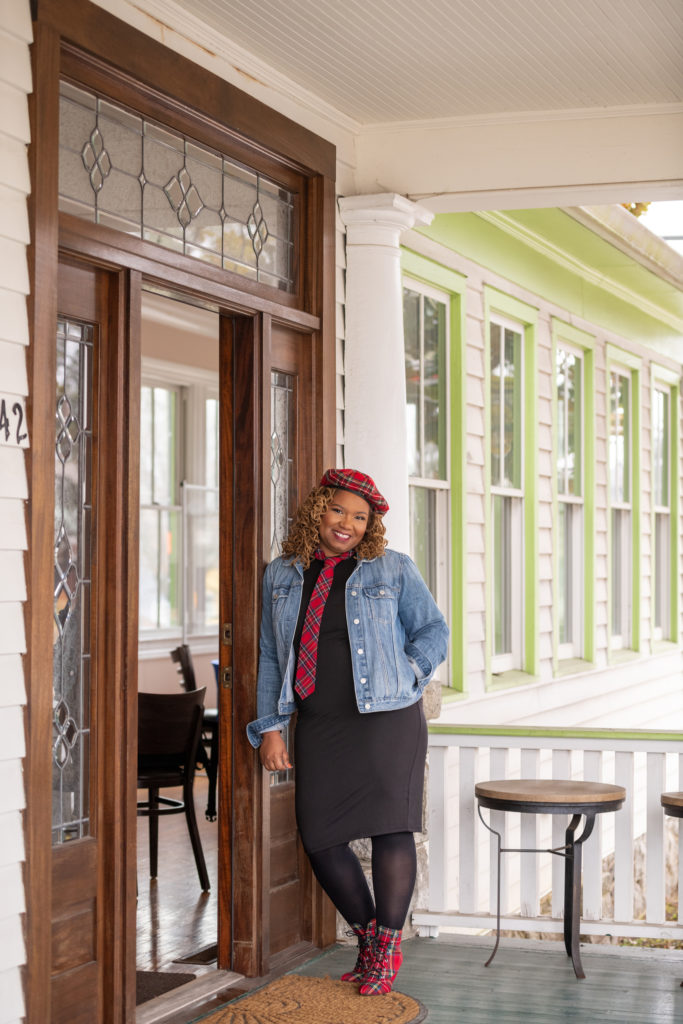
TN: What inspired you to reopen The Historic Magnolia House?
NM: My dad Samuel Pass and I were both born and raised in the same neighborhood in Greensboro, NC, which is around the corner from The Historic Magnolia House. My dad bought the home from the Green Book Hotel and Restaurant owners in 1995. At that time, I was young and helped out fixing fish plates so he can sell them. I didn’t know about the history of the home until I’d gotten older, about 5 years ago. We were planning my eldest daughter’s graduation from nursing school. We were going to have the celebration at The Magnolia House. Which sparked a conversation about the future of the house.
He started talking about how he’d been at it for so many years but hadn’t been able to get it fully restored. He didn’t have the time to invest in the house to get it where he wanted it to be. It was at the point that I decided to come in.
5 years later, we are a 100% fully restored, functioning 1949 Greenbook Hotel and Restaurant. Magnolia is a really good example of a hidden gem. It just isn’t represented and celebrated the way that it should be.
TN: What impact has Greensboro had on you?
NM: I was born and raised here and went to college here at North Carolina A&T University.
Our bloodline of what I’d like to call African-American Pioneers in the Carolinas includes my uncle, the first Black police officer in Greensboro, and my great aunt, who was the first Black woman to run a music program in Greensboro in the public schools, and my cousin David, who was one of the 4 men to sit-in in Greensboro’s Woolworths, just to name a few.
I really show up as being a steward of these Black, historic people and structures and sharing their stories on their behalf as we continue to unfold them.
TN: Can you tell us about the Backing Historic Small Restaurants Grant?
NM: I want to thank American Express and the National Trust for Historic Preservation for putting this opportunity in place for historic structures like us. This has been so critical for us because when you talk about historic restaurants, it’s in a different tier. With historic structures, there’s so much involved when it comes to running an operation. Something as simple as putting flooring down for your commercial kitchen so you can officially run an operation is not that simple for historic sites. You have hundreds of years of structures that you’re dealing with. It can be quite costly.
The grant creates an opportunity for us to expand and create a semi-permanent structure in the back of the house that will allow us to expand our business. We will be able to bring more bodies into the restaurant and serve more events and gatherings.
TN: What should we order when dining at The Historic Magnolia House?
NM: When at the house, you have to try the fish and grits and fried chicken and french toast. One of the most special dishes is the Louis Armstrong biscuits. Armstrong would stay at the Magnolia House for three weeks at a time. He would sit in the ballroom and eat country ham biscuits with molasses.
Everything on the menu is related or dedicated to the historic guests that have stayed at the Magnolia House over the years.
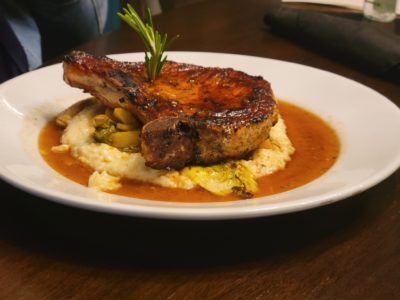
TN: What’s your favorite room in the house?
NM: I spend a lot of time in the living room. We are a living museum and restaurant, so we tell a lot of our stories on the walls. In the living room is our living and breathing wall, which celebrates the guests that stayed here.
We’ve recently launched our juke joint, which is our live performance and jazz space. After each show, I come into the living room and pay homage and celebrate past guests like Lena Horne, Count Basie, and Sam Cooke.
TN: What do you want visitors to take away after staying at The Historic Magnolia House?

NM: When anyone walks into the house, they walk through the same doors, in the same space, between the same walls as James Baldwin, Carter G. Woodson, and all of the greats. When they come here, I want them to be able to capture the essence of what that energy feels like. It’s truly still very present. You can feel the soul in the house. I want them to have a full experience from the food they experience, the cocktail that they have, the space they’re sitting in, and the space that they’re sleeping. They will experience the space like all the Black travelers did when they didn’t have a place to go.
Learn more about The Historic Magnolia House here. Follow them on Instagram, Twitter, and Facebook.
Related: ‘Green Book’ Inspires Black Travelers To Trace The Original Route


